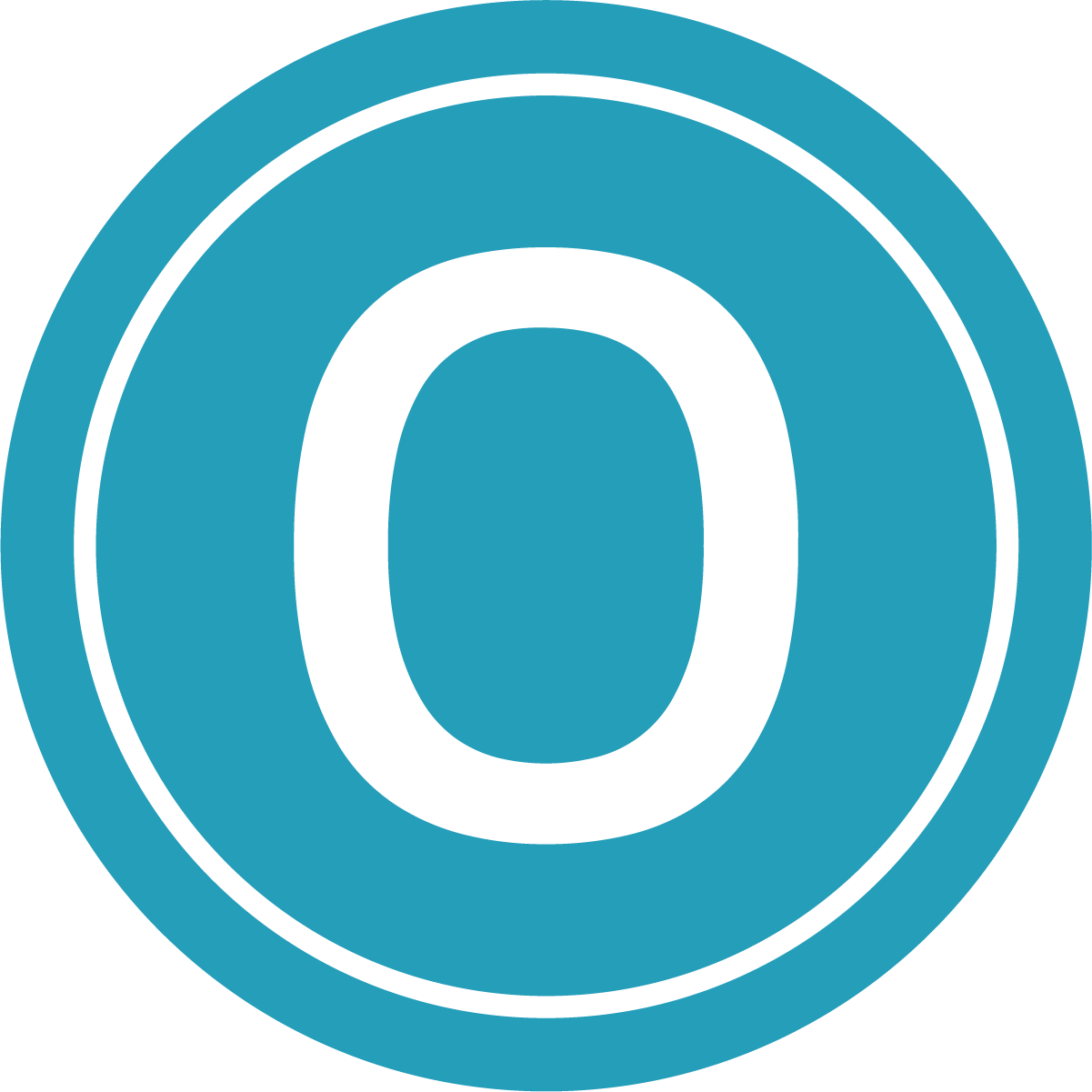Hashtags are a universal tool across many networks that can help to increase your viewership and engagement.
With the explosive growth of social media over the past decade, it’s no surprise that law firms are now leveraging these platforms to reach potential clients. With the average American spending 2 hours and 3 minutes each day on networks like Facebook, Twitter and LinkedIn, there is an incredible opportunity for attorneys to create an “always-on” presence and reach new customers around the clock, even outside of normal business hours.
Hashtags are a universal tool across all of these networks that can help to increase your viewership and engagement, but they can be confusing, and overwhelming. Below, we share a few hashtag basics and ways in which you can put this tool to work for your practice’s marketing efforts.
What is a Hashtag?
The hashtag was invented back in 2007 by Twitter’s marketing team as a way to group tweets (posts) together. To hashtag something, you simply use the pound sign (#), also known as the number sign or octothorpe, and write what you are looking to group directly afterwards with no spaces or special characters. Popular legal-related hashtag examples include: #legal #lawyerlife and #justice.
Once the hashtag is created, and more than one person uses it, you can use the hashtags as a search tool to find other posts that include the same hashtag. Hashtags can also help measure how popular something may be depending on how many people use and share it.
For example, back during the second season of the TV sitcom “Community,” a main character made a reference to popular TV shows getting “six seasons and a movie.” The creators then used the hashtag #sixseasonsandamovie on their Twitter page for the show. Using that hashtag, and how many times fans “retweeted” it, or referenced it, they were able to measure and further develop their following. (When a hashtag gets enough boosts on Twitter, it will appear on the home page under “currently trending”).
When you use a hashtag like “#InjuryAttorney” on your post, platforms like Twitter, Facebook and Instagram will first take note of your profile using that hashtag. They will also take note of the location of your profile. When you also include your personal hashtag with it along with similar hashtags (e.g., “#XLawFirm #InjuryAttorney #InjuryLawyer #accidentattorney #NYattorney), you now create a block for your firm’s distinctive hashtag, meaning people can look up your hashtag and find all your posts. By placing it with the other hashtags, you relate yourself to them, so when others use the hashtag, or similar keywords, you might start popping up for them in the “suggested” area, or for their ads (if you pay).
Hashtags can also help measure how popular something may be depending on how many people use and share it.
By noting your location, the platforms can narrow down relevant accounts that they may suggest follow your firm (or suggest that you follow them). They aren’t going to recommend you to someone in New York if you are based in Florida or California. All it takes is for someone to search for an “injury attorney” or write a post about a car accident, and social media is going to take a look at them as well, and push you under their suggested, since you are in their area and have hashtagged “#Accidentattorney” (although, you may have also used “#caraccident” in your post).
How Much is Too Much?
Do be careful to not to use too many hashtags in your post, since they can come across more spam-like than professional. It’s best to pick and choose depending on what you are posting (besides your personal firm’s hashtag, which you should post every time). For sites like Instagram and Facebook, it’s okay to use more hashtags; however, you want to make sure you don’t exceed the 30 hashtag limit or use so many that it can cause your account to get banned. A general rule of thumb is anywhere between 10 and 15 hashtags per post. Despite being invented by Twitter, it is not a good idea to use too many hashtags on the social media platform. Due to limited character count on Twitter (280 characters), you can overload your posts with hashtags, so keep only your firm’s hashtag and 1-3 others relating to the content of your tweet.
If you cover more than one area of law, and you are posting something on family law, stick to a few family law hashtags, and if your next post is about employment law, look for tailored hashtags for that practice area. You can always invent new hashtags, if you have something special going on for that month that you are trying to bring awareness to (which will now relate to your firm’s hashtag). If people can’t remember exactly who they are looking for, they may remember the hashtag from a post or ad you shared. Relevancy is key to optimum branding.
Extending Your Firm’s Reach
When you use a hashtag and your post is viewed, liked, and shared, your profile and post are not the only things that are being recorded for your analytics, the hashtag is too. It always helps to stay consistent in your firm’s hashtags so it makes it easier to relate you to similar hashtags for future “hits” on your page. Also, make sure your profile is “public.” If not, the only people viewing your posts and hashtags will be followers.
Also, it never hurts to see what is trending, and how it may relate to your firm’s business. With the latest in COVID-19, employment, and science news, you can absolutely connect yourself to a popular hashtag that has many eyes on it. This way local eyes may be able to see you, which allows you to build brand awareness and grow your online presence. Sometimes hashtag usage is the luck of the draw based on how many people view your content and on the hashtag you used. However, the majority of the time, hashtags help posts get views and can get your firm discovered by potential clients.

